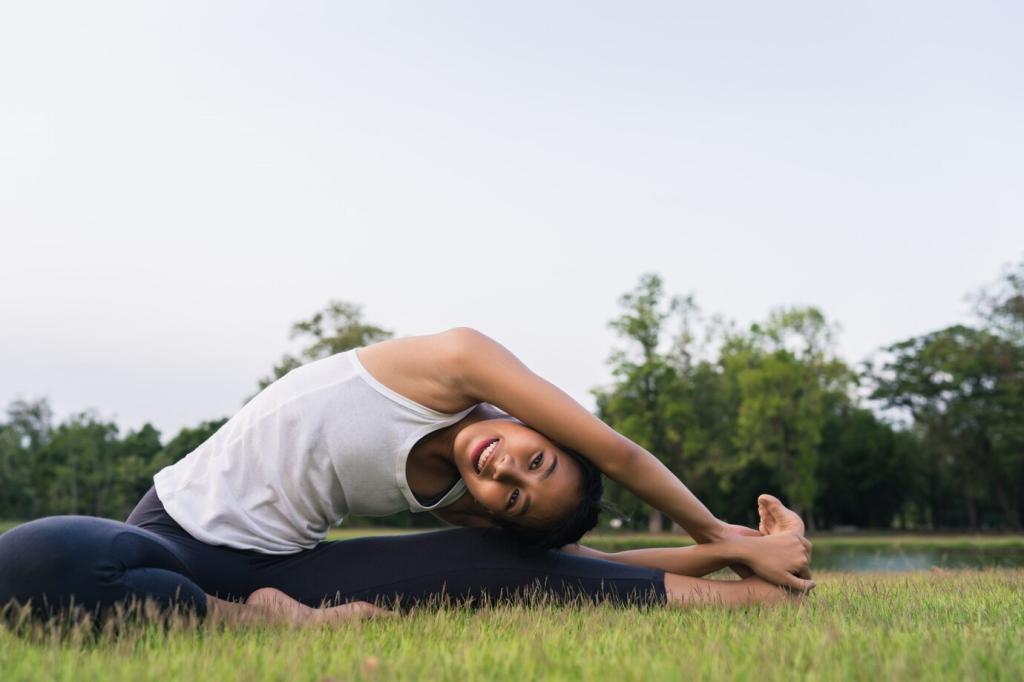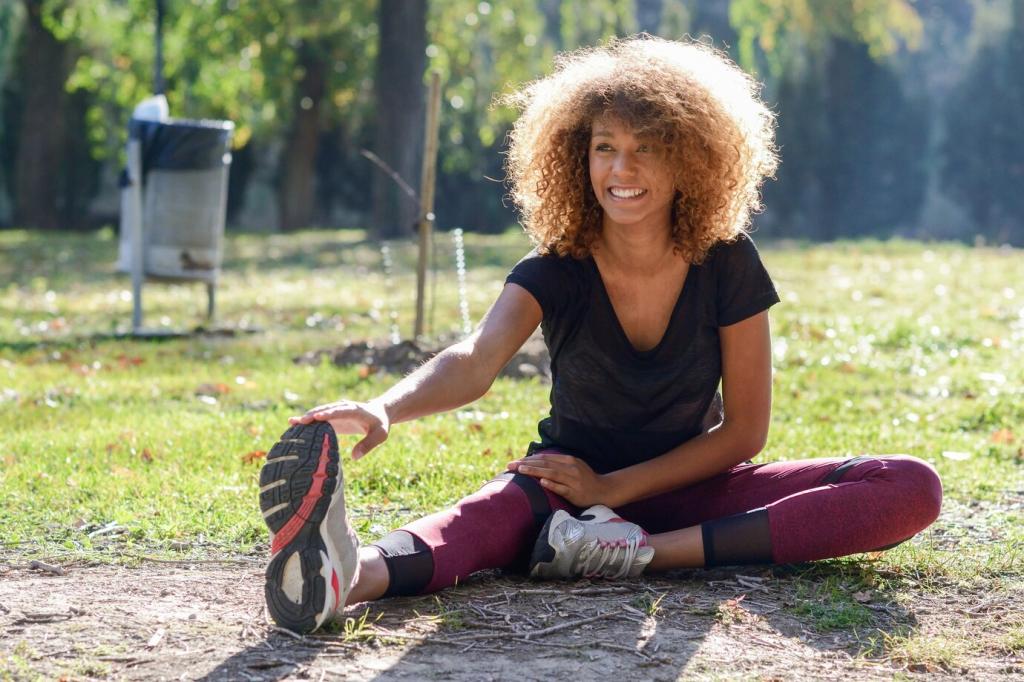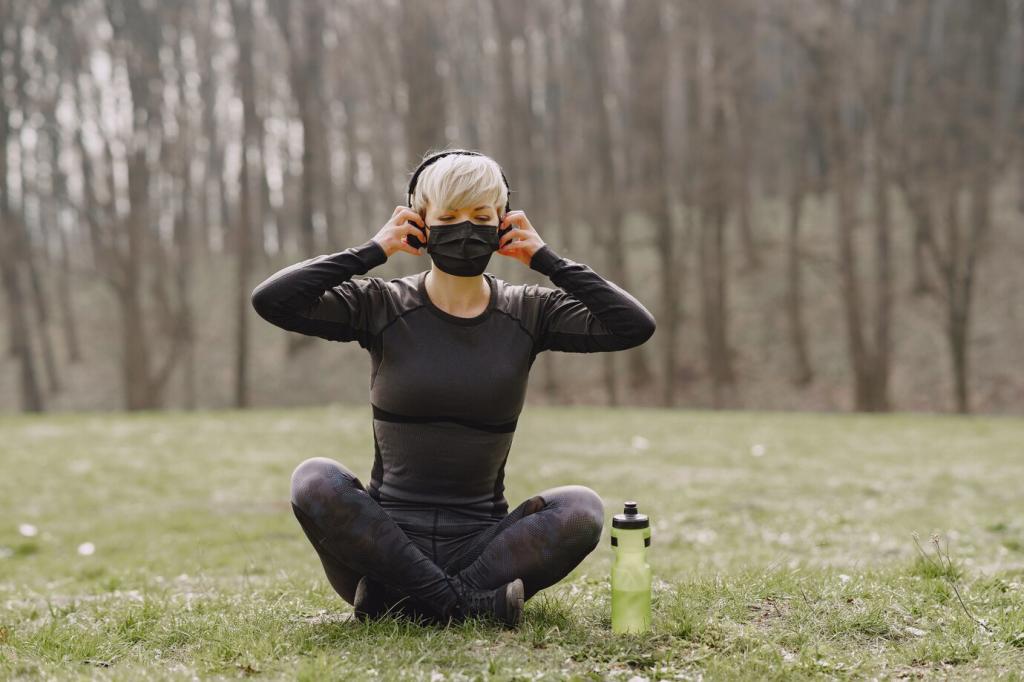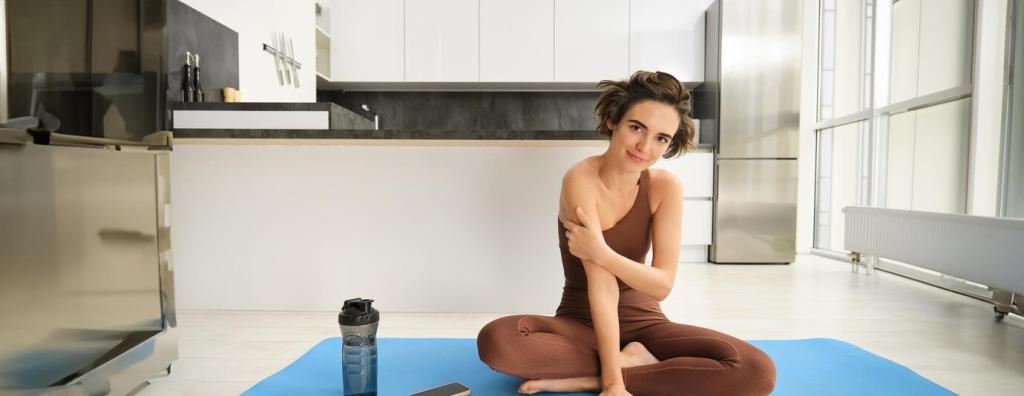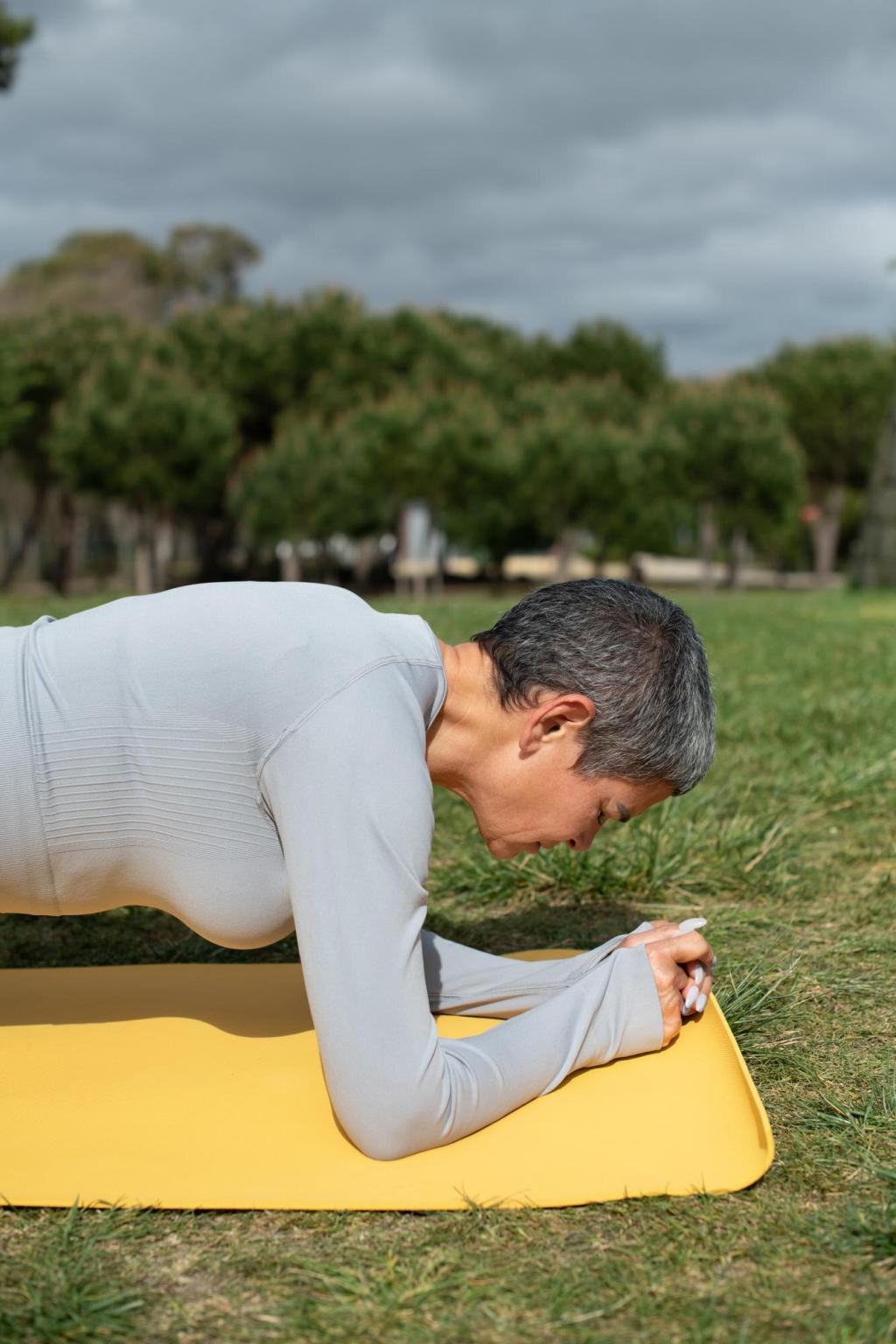Everyday Rituals for Emotional Resilience
Begin with three grounding breaths, cat–cow to wake the spine, a gentle sun salutation, and seated stillness. Let one affirmation guide your intention. Notice how your morning choices feel calmer. After seven days, share which moment—breath, movement, or silence—most reliably steadies your mood.
Everyday Rituals for Emotional Resilience
Between meetings, try neck rolls, wrist stretches, supported forward fold, and box breathing. This micro‑practice interrupts spirals and refreshes focus. Set a reminder on your calendar and observe productivity and irritability. Post your favorite quick posture so our community can build a shared midday toolkit.

